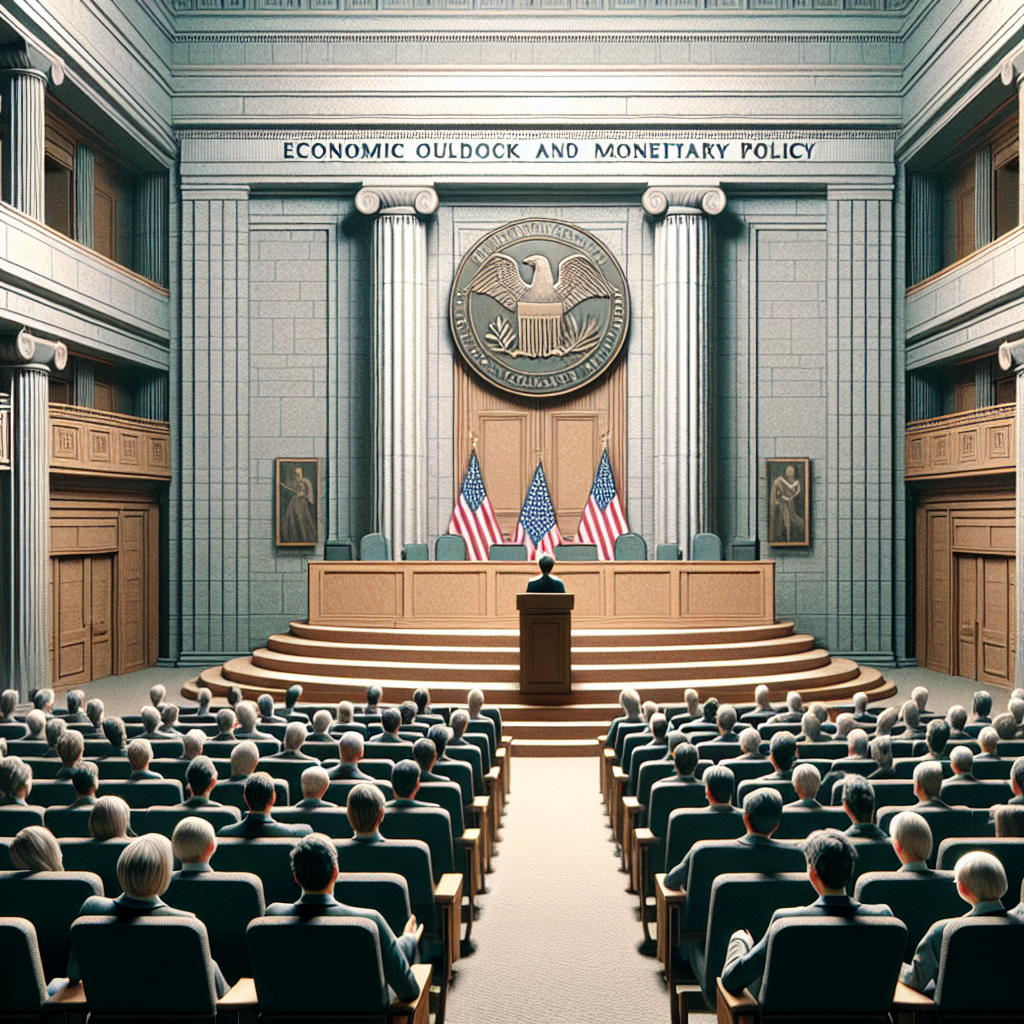On Monday, November 17th, Philip Jefferson, the Vice Chairman of the Federal Reserve (Fed), delivered a speech titled “Economic Outlook and Monetary Policy” at a meeting at the Federal Reserve Bank in Kansas City, Missouri. He pointed out that the recent government shutdown has significantly delayed the release of important economic data and may be suppressing economic activity in the United States for this quarter.
Before the government shutdown, data indicated that the U.S. economy was on track for modest growth this year. The shutdown may impede economic activity for this quarter due to reasons such as federal employees being forced to take leave, interruptions in government purchases of goods and services (including payments to contractors), delays in federal payments, approvals processes, and other government operations that could potentially spill over into the private sector. Jefferson believes that these effects are likely temporary and may reverse in the coming months.
Overall, Jefferson noted a shift in the balance of economic risks in recent months, with downside risks to employment increasing relative to upside risks to inflation, while the risk of inflation may have decreased recently.
In terms of the labor market, recent information suggests that both labor demand and labor supply have been cooling gradually in recent weeks. For example, the number of initial unemployment insurance claims received by states has remained relatively stable in recent weeks.
Reports on the labor market conditions have been mixed, with some companies announcing a slowdown in hiring or layoffs while others are preparing to move forward with previously delayed hiring and investments.
Jefferson forecasted that the unemployment rate may slightly increase from its relatively low August level of 4.3% by the end of the year. Despite the labor market remaining robust, he believes that the risks to employment prospects lean towards the downside.
Recent data shows that the inflation rate is similar to a year ago, slightly below 3%, indicating a stagnation in progress towards the 2% target. Jefferson attributed this slow progress to the impact of tariffs. There are signs that the inflation rate, excluding the effects of tariffs, may be moving closer to the 2% target. Some companies anticipate that price pressures resulting from tariffs in the fourth quarter will intensify as non-tariff inventory decreases.
A reasonable assumption is that tariffs lead to one-time price increases rather than persistent inflation issues, supported by expected inflation data. Most short-term inflation expectations have fallen back to spring levels, while long-term inflation expectations based on the market remain stable.
The magnitude and duration of inflationary increases will be influenced by various factors, including the final implementation of tariff rates, the extent and timing of tariff transmission to consumer prices, supply chains and domestic manufacturing sector responses, and overall economic conditions.
Jefferson emphasized that he will continue to closely monitor these factors and remain committed to restoring the inflation rate to the Fed’s 2% target.
Based on the outlook mentioned above, Jefferson supported the decision made last month to lower the policy rate by 0.25 percentage points. He deemed the measure appropriate, considering the shifting balance of risks in recent months with increased downside risks to employment. The current policy stance is slightly tightening, but they have adjusted rates closer to a neutral level that neither restricts nor stimulates the economy. The evolving balance of risks highlights the need for caution as they approach a neutral rate.
Regarding future policy rate directions, he stated that he will continue to make decisions based on upcoming data, changing economic outlooks, and the balance of risks. Jefferson typically adopts a meeting-by-meeting approach to decision-making.

